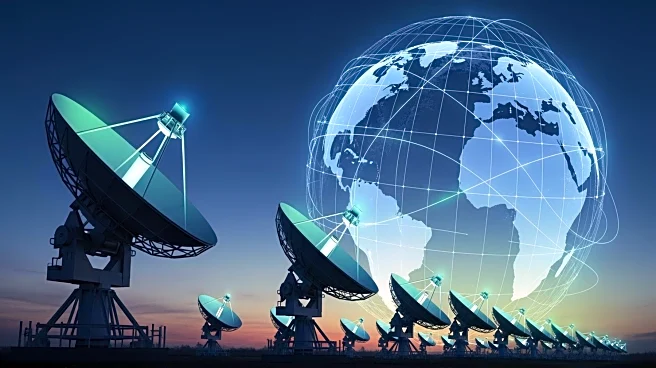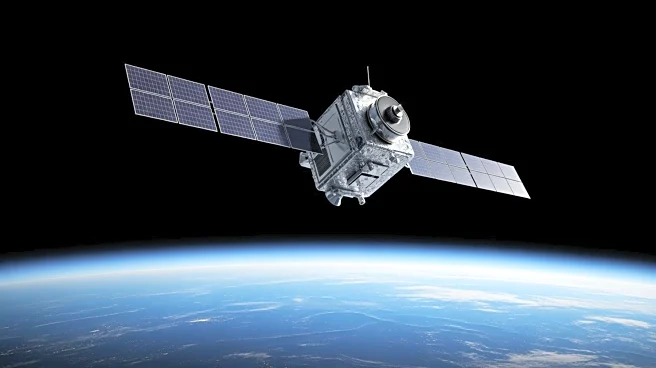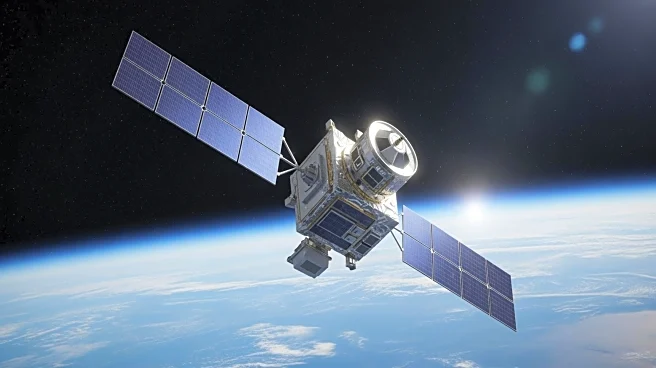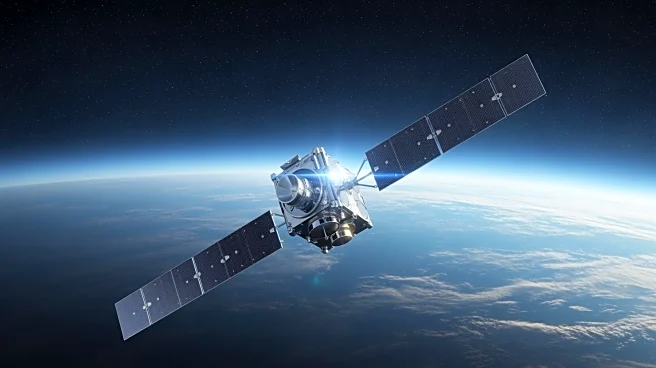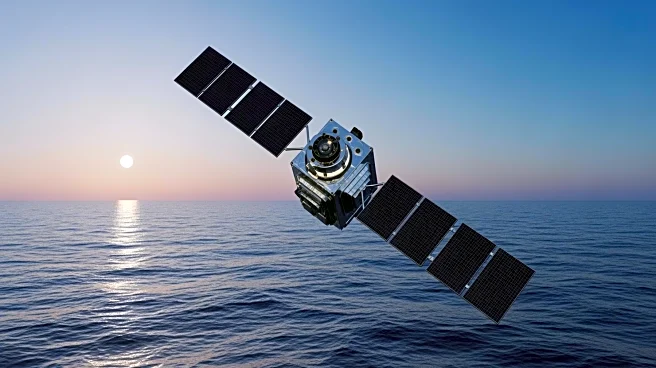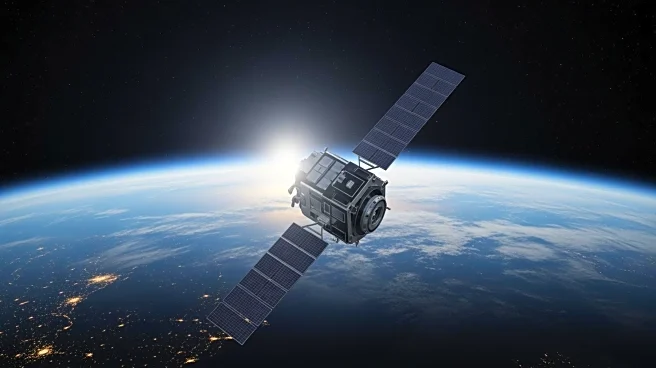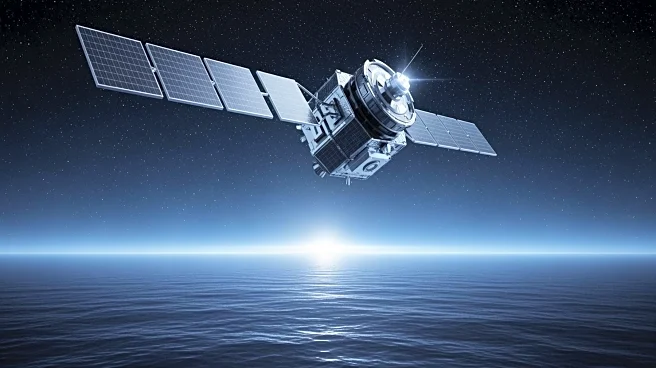What's Happening?
NASA's Earth Science Data Systems (ESDS) GIS Team has introduced new learning resources aimed at improving the use of Geographic Information Systems (GIS) for Earth observation data. These resources include
step-by-step guides for integrating NASA data into popular GIS applications such as ArcGIS Pro and QGIS. The guides cover various aspects, including adding downloaded data, utilizing web and image services, and creating time-enabled multidimensional mosaic datasets. The initiative leverages data from NASA's ECOsystem Spaceborne Thermal Radiometer Experiment on Space Station (ECOSTRESS) and the Modern-Era Retrospective analysis for Research and Applications, Version 2 (MERRA-2) platform.
Why It's Important?
The development of these GIS resources is significant as it enhances the accessibility and usability of complex Earth observation data for scientists, educators, and communicators. By providing tools to visualize and analyze spatial and temporal data, NASA is facilitating better understanding and communication of environmental trends and phenomena. This can lead to more informed decision-making in areas such as climate research, resource management, and urban planning. The integration of NASA's data into GIS platforms also supports educational initiatives, helping students and researchers gain practical experience in data analysis and application development.
What's Next?
The introduction of these resources is expected to encourage wider adoption of GIS technologies in various fields, promoting interdisciplinary collaboration and innovation. As users become more proficient in utilizing these tools, there may be an increase in the development of applications and solutions that address environmental challenges. NASA's continued support and updates to these resources will likely expand their capabilities, offering more advanced features and datasets for users to explore.
Beyond the Headlines
The initiative reflects a broader trend of leveraging technology to democratize access to scientific data, fostering a culture of open science and collaboration. By making complex data more accessible, NASA is contributing to a more informed public discourse on environmental issues, potentially influencing policy and societal attitudes towards sustainability and conservation.
